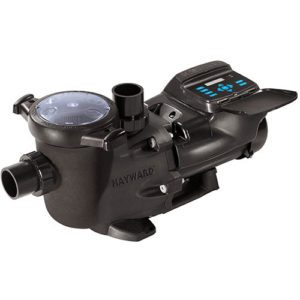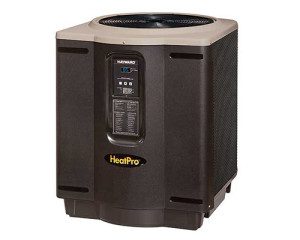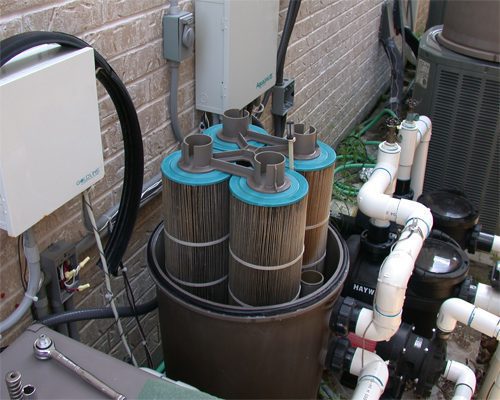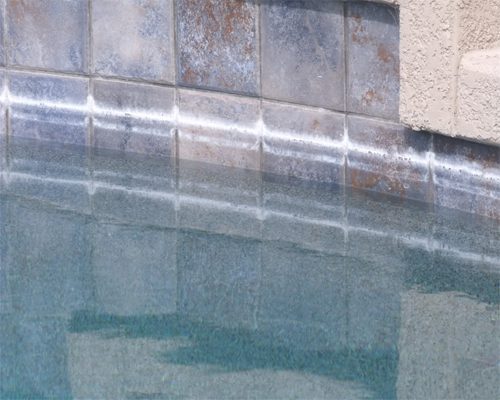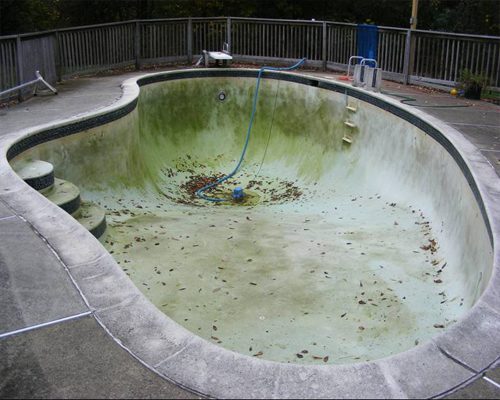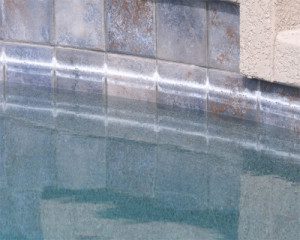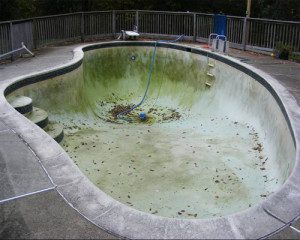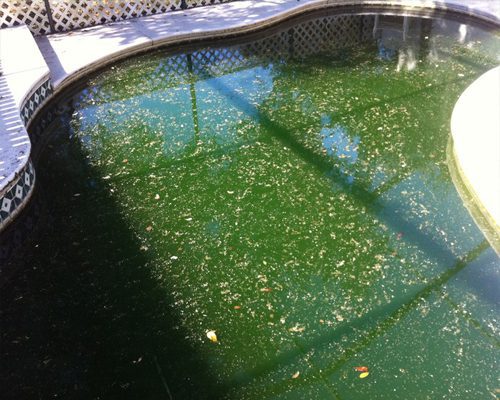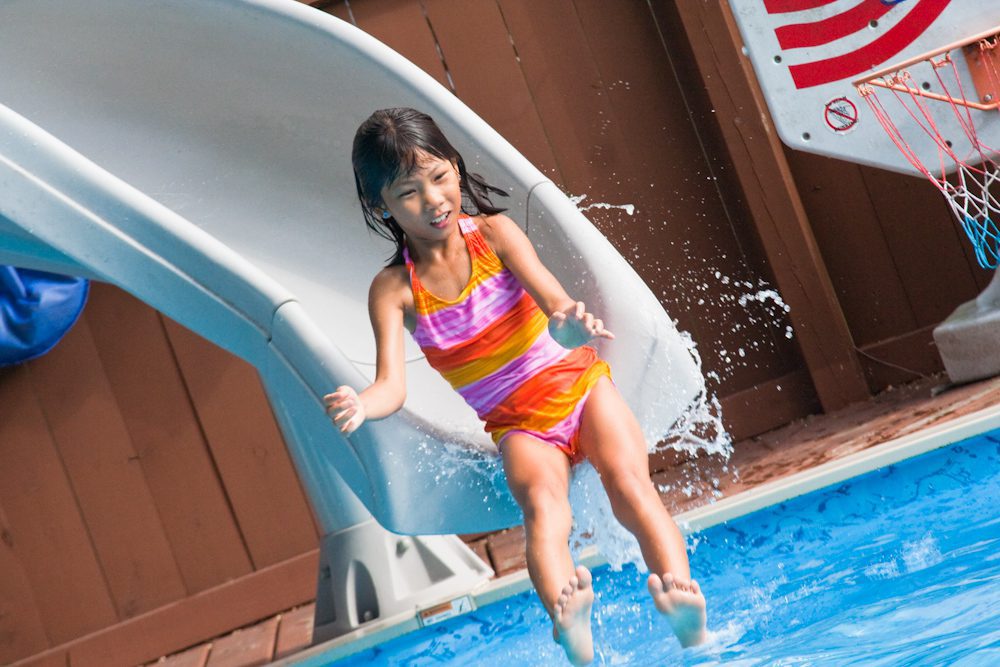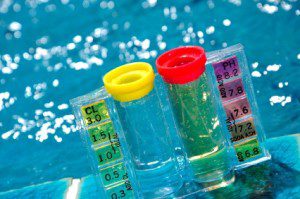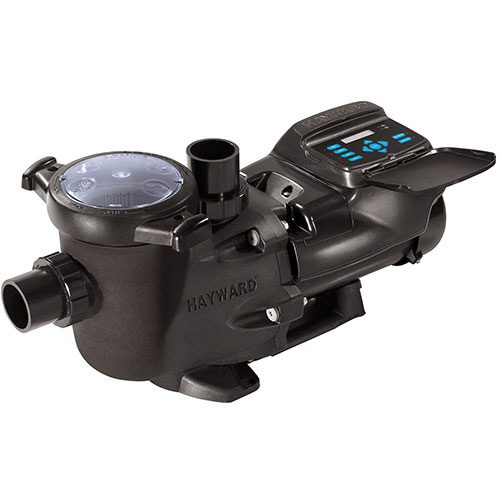
Variable Speed Pool Pumps 101
Variable Speed Pool Pumps 101
If you are considering a new pool or even replacing your existing pool pump, you're probably wondering which type pool pump will best meet your needs. There is the single speed and two-speed pumps, which are the old standbys. Then there is the modern marvel Variable Speed Pool Pumps. Which was first introduced by Pentair. They were the first manufacturer to introduce variable speed technology to the pool industry. Variable speed pool pumps are one of the more gratifying pool equipment innovations out there today.
They can be programmed to run at precise speeds for numerous pool operations such as filtering, heating, cleaning, jets, water features and more. Plus provide the added bonus of reduced energy costs. Variable speed pumps might be the only option for some of us as many states are mandating variable speed pumps with new or replacement pumps. So it might not be your decision, the state you are living in will decide for you. Just as it is for pool owners in Arizona.
The Modern Difference
Variable speed pool pumps work entirely different even though they look just like your normal pool pump. However unlike the induction motor used in single and two-speed pumps, variable speed pool pumps utilize a permanent magnet motor. This allows the operator to enter in the exact flow rate they need for their pool. The notion is that reducing the flow rate of water creates less friction, which makes the entire system run more efficiently. Due to this they run quieter and cooler, vibrate less, have digital controls, and have innovative diagnostics.
Energy Efficiency & Savings for Your Entire Pool System
Pool pumps are the heart of any pool’s circulation system. Your primary pump keeps water moving through your filters, heaters, skimmers, and water features. Then there is the accessory pump which is used to run cleaners, draining, and to operate other additional water features. The best investment you can make for your pool is a high-efficiency Variable Speed Pool Pump. You can save significantly on utility costs and be more environmentally friendly. Most studies show that they are 90% more efficient than standard one-speed pumps. On average, this can equate to an operating cost of approximately $20-$30 per month.
If you have any questions about Variable Speed Pool Pumps give us a call at 623-939-1346 or come visit us at our retail store and one of our pool care professionals will be happy to help!

